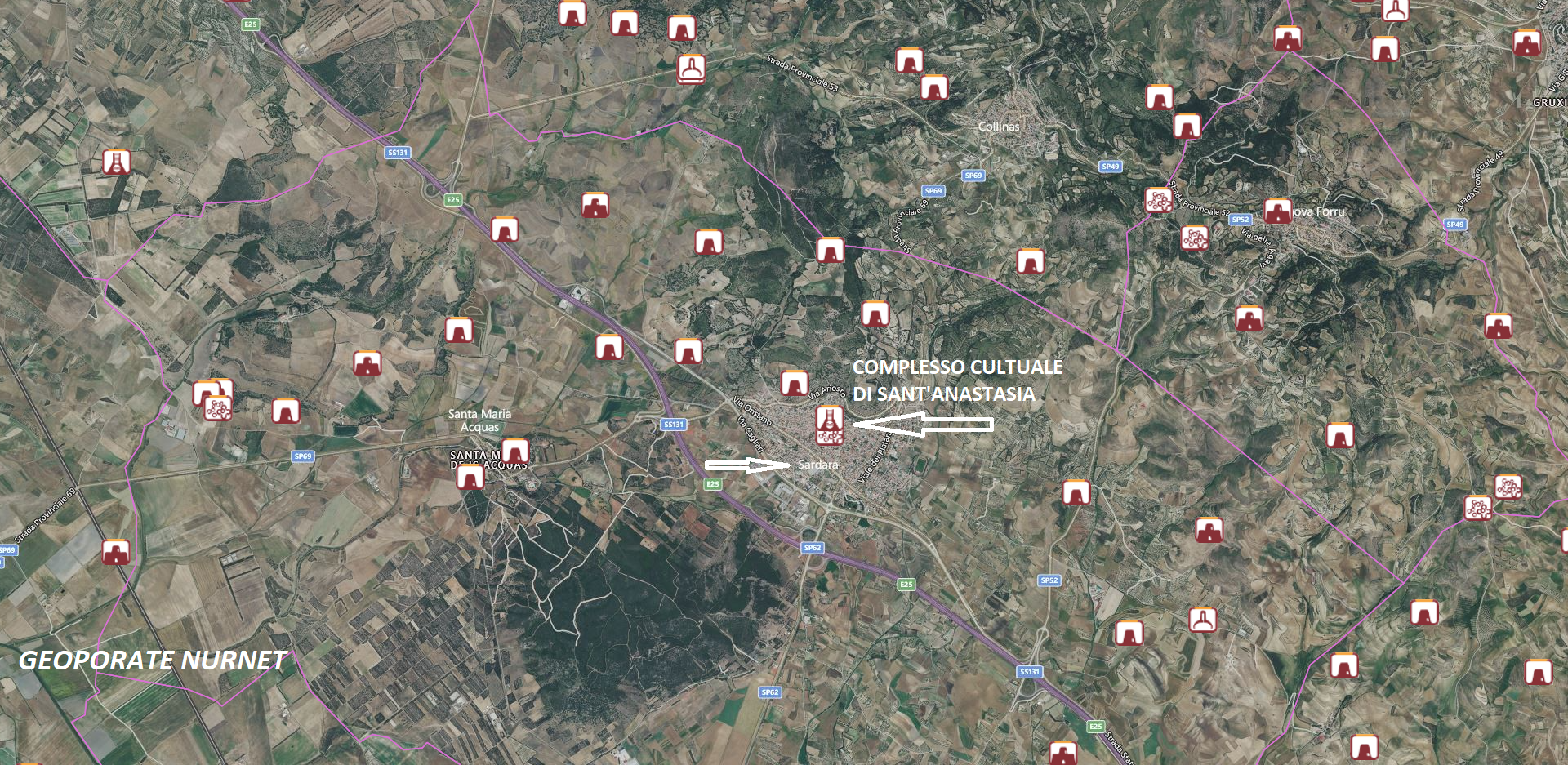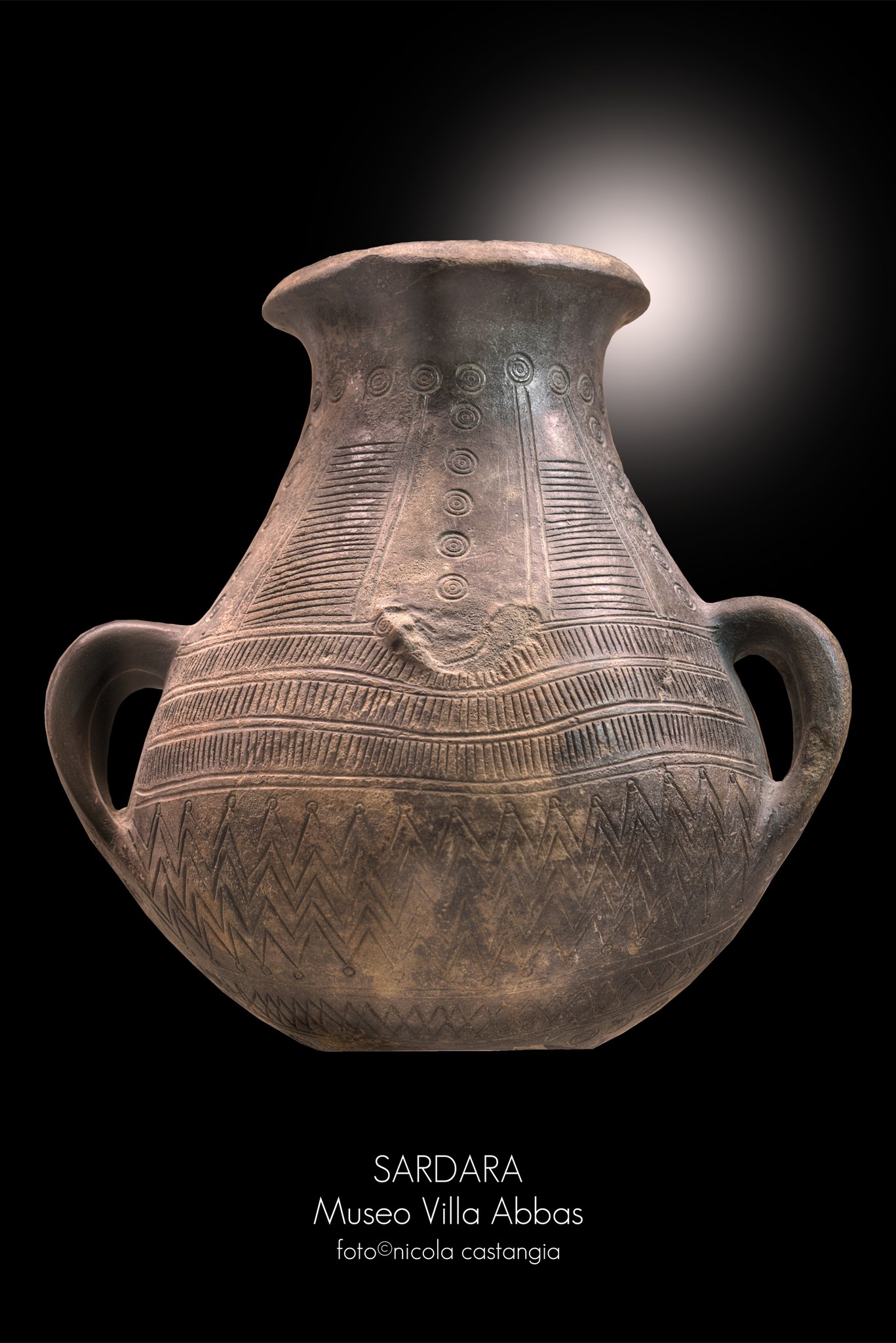“The water of Sardara” is the title of a beautiful booklet published some time ago by the Municipality of Sardara, from which I have taken some particularly interesting excerpts.
“The water (in the territory of Sardara) presents itself in various forms, in addition to the flowing ones: there are the so-called temporarily stagnant marshes, locally called ‘paulis, piscinas, and carroppus’, all characterized by their ephemeral nature: Finally, there are the precious springs, natural or contained in wells, large or small, sparse or abundant, warm or cool, murky or clear, sacred and profane, but all of vital importance for the peoples that have succeeded one another since the earliest traces left by Paleolithic man.
A history spanning about 14,000 years, in which water has decisively influenced the first human settlements: it is no coincidence that the primitive residential nucleus of Sardara is centered around the spring vein of ‘Sa Funtana de is Dolus’, which later turned out to be the sacred well of Sant’Anastasìa”…
” Sardara and Perfugas are the only ones to host the remains of a well temple within the inhabited center: but the archaeological area of Santa Anastasìa in Sardara is the only one to have as many as four Nuragic wells.
The large and evocative sacred well is at the center of an extensive Nuragic complex, above which most of the village houses stand.
Fed by a strong water vein, it was known to all as ‘sa funtana de is dolus’, the fountain of sorrows.
Considered by the Sardarians to be water with miraculous powers, it has always been believed to have the ability to heal many ailments due to its magical and healing influence.
In 1913, the archaeologist Antonio Taramelli began excavating around the church of Santa Anastasìa: for over a year he continued his research, and eventually the sacred well was uncovered, entirely built with unworked stones, untouched by iron.
Unlike the Santa Vittoria di Serri and Santa Cristina di Paulilatino built with well-squared stones, the sacred well of Sant’Anastasìa, in its archaic nature, conveys a greater suggestion to the visitor.
The votive well inside the church yielded a large quantity of vessels of various shapes and of great scientific value, displayed in the Museum of ‘Villa Abbas’.
During the excavations of the 1980s, carried out in the huts of the sacred area by Dr. Giovanni Ugas, several quintals of lead cakes, a jug, and about forty bronze objects, as well as three beautifully crafted basins, also in bronze, were uncovered.
Three millennia of history surrounding this rich spring, just 150 meters downstream from ‘Sa Costa’: sacred and votive waters three thousand years ago, curative and magical to the present day.”
In the Civic Archaeological Museum ‘Villa Abbas’, “room II illustrates the Nuragic village and the sacred well of Sant’Anastasìa with the exhibition of askos jugs, bronze basins, and a collection of finds related to metalworking.
The display pit in the medieval room hosts the reconstruction of a hypothetical area for the production of earthenware materials for building use: bricks, tiles, roof tiles, and terracotta pipes.
The different phases of processing are illustrated: from the clay pit to shaping with mold placement, up to the drying of the finished product before firing. It is suggestive and interesting to witness live the clay purification phase using the technique of ‘water current smoothing’. The visual museum itinerary is accompanied by a similar tactile path complete with captions, a Braille catalog, and an audio guide aimed at assisting the visually impaired and blind…”
The photos of the Nuragic complex and the well temple of Sant’Anastasìa are by Bibi Pinna, Nicola Castangia, and Francesca Cossu. The photo of one of the vessels housed in the Museum of Villa Abbas is by Nicola Castangia.








